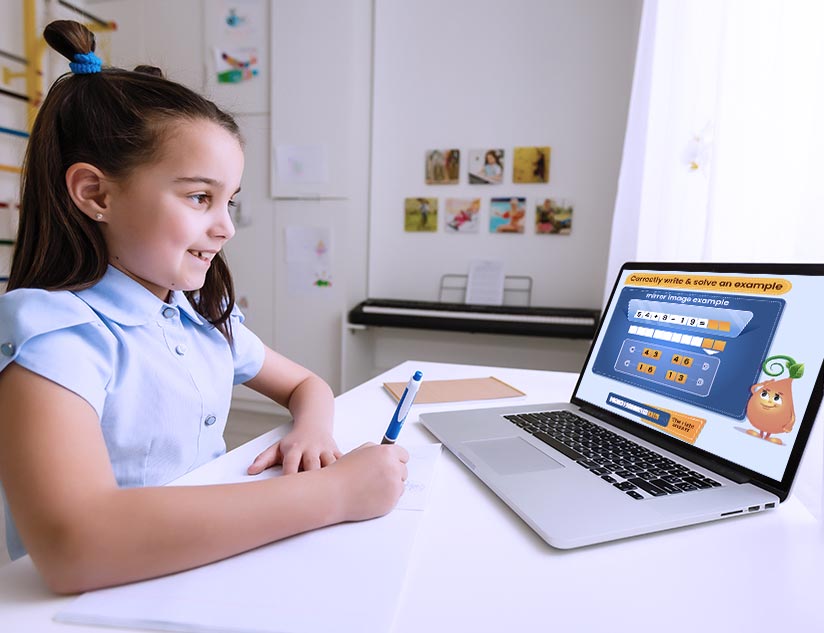Approaching Next-Gen Course Design for 2023
January 20th, 2023
Still working on meeting the needs of Gen-Z learners? Watch out for Gen Alpha too – because they’re swiftly moving up the K-12 ladder. This generation comprises children who were born between 2010 and 2024, so the oldest of them is already 12. And if Gen Z is the digital native, what does that make Gen Alpha?
It’s likely that most of them have had a Youtube video playing at every meal time and they don’t even know a world without smartphones, immersive technologies, and online socialization.
The good news is that education technology is primed to meet the needs and expectations of the existing and upcoming student generations. It can even prove to be an accelerant for improving inclusion, accessibility, and equity in education.
EdTech can help blend entertainment with learning to ensure optimal engagement and motivate students.
Course Design to Meet Next-Gen Needs
Assessment & Teaching of 21st Century Skills (ATC21S) has listed broad skill categories essential to make learners job-ready. These skill categories include:
- Ways of thinking: Problem-solving, critical thinking, creativity, innovative thinking, and decision-making
- Tools of working: Information and ICT literacy
- Ways of working: Communication and collaboration
- Ways of living in the world: Personal and social responsibility, being a local and global citizen, and career.
Course design not only needs to address such skill development, but it needs to do it in a way that ensures maximum learning benefits.
How can courses be designed to effectively improve engagement while meeting diverse learning needs?
-
Bite-Sized Learning for Maximum Engagement
Learners today want skill-oriented lessons. While there may be nay-sayers to micro-learning, it is possible to design a comprehensive course in line with a curriculum and present the learning material to learners as micro-learning units.
Micro- or nano-learning will soon be essential to encourage learner participation because they cater well to young learners, allowing learning to be flexible, and happen anywhere, at any time. Shorter lessons can also instill a sense of achievement almost every day as students accomplish learning goals with microlearning content pieces.
Microlearning can also simplify the teacher’s task of quantifying learning outcomes and assessing student progress by generating deeper analytical insights to improve learning material.
EdTech tools or content authoring platforms must ease the creation and delivery of such microlearning content while also helping with learning analytics.
-
Easy Tools for Immersive and Experience-Based Learning
For Gen Z, learning is a continuous, multi-faceted, and integrated experience which connects their academic, social, and professional interests. But such immersive and integrated learning goes much beyond Augmented or Virtual Reality learning modules. It is all about collaborative learning and building healthy competition through gamification elements within the learning module.
Designing courses for flipped classrooms with peer learning and gamification fosters active learning, which, in turn, leads to improved academic outcomes. In fact, active learning has proven to enhance examination performance that raises the average grades of a class by half a letter.
A digital learning publisher’s repertoire must include a course authoring tool that allows the easy integration of multimedia and gaming elements. The other option is to use a learning platform that comes preloaded with immersive tools for collaborative learning.
-
Building Courses For Visual Learners
Research shows that 65% of the general population consists of visual learners. Visual learning also leads to better retention than text-based learning. This is because 90% of the information transmitted to the brain is visual, and the brain can process video and images 60,000 times faster than it processes text. More importantly, the younger generation spends more than 3 hours a day watching videos, and 59% of them say video is their preferred mode of learning.
This highlights the need for course design to be much more visual than it is today. Color choices, themes, animation, videos, graphics, tables, progress bars, and charts can all come together to improve the learning experience and lesson retention.
User-ready templates ease lesson creators’ job of designing courses to meet student needs. Plus, the immense flexibility and customizability allow for effortless modifications in the future. In fact, incremental advantages can be offered to current and future participants of the education sector through minor tweaks with the right EdTech tools.
-
Developing Personalized Learning at Scale
Learning from anywhere, at any time, and in a self-directed way allows students to move forward at their own pace and style. Inclusivity is enhanced through multi-device compatibility and offline access to course materials.
The focus of education today is on skill acquisition, which may take different amounts of time for different students. Allowing a student-centric pace and having a system sensitive to individual learning requirements can elevate the platform experience.
So responsive course design, which scales with your business and adapts easily to changing learner needs and expectations, can benefit all stakeholders.
In Conclusion,
The goals of rethinking learning design are improved retention, better student engagement, and enhanced learning outcomes.
Learning systems embedded with advanced analytics assist educators in discovering the changing learner requirements as the course progresses. These can be fulfilled from within the learning platform by simply adjusting the course design and targets.
Choosing a comprehensive digital content creation and distribution platform can help educational publishers and EdTech firms respond with agility to the changing needs of the education system and students.












